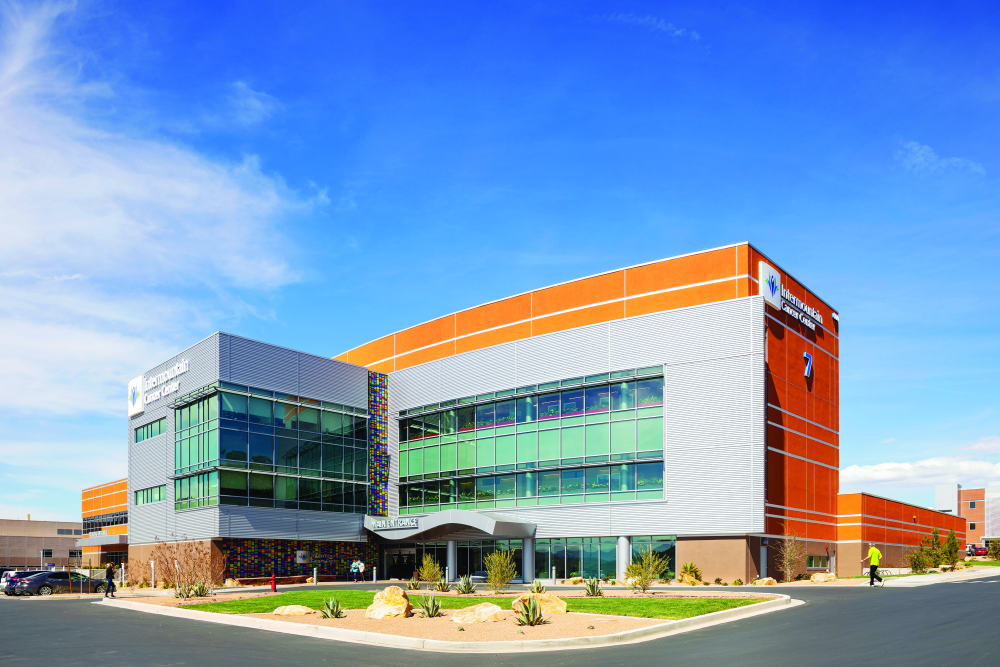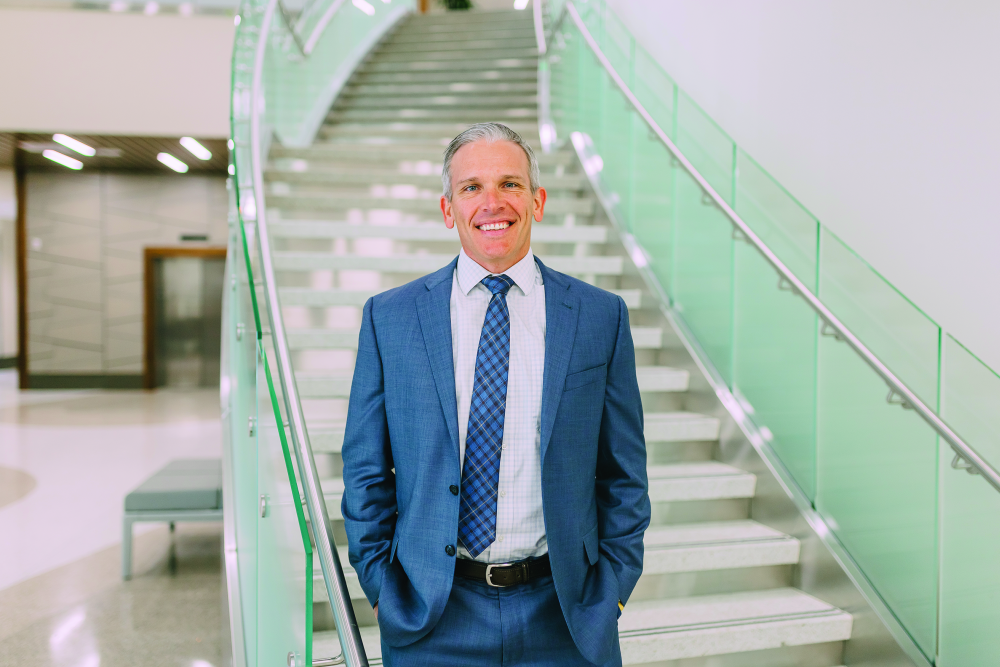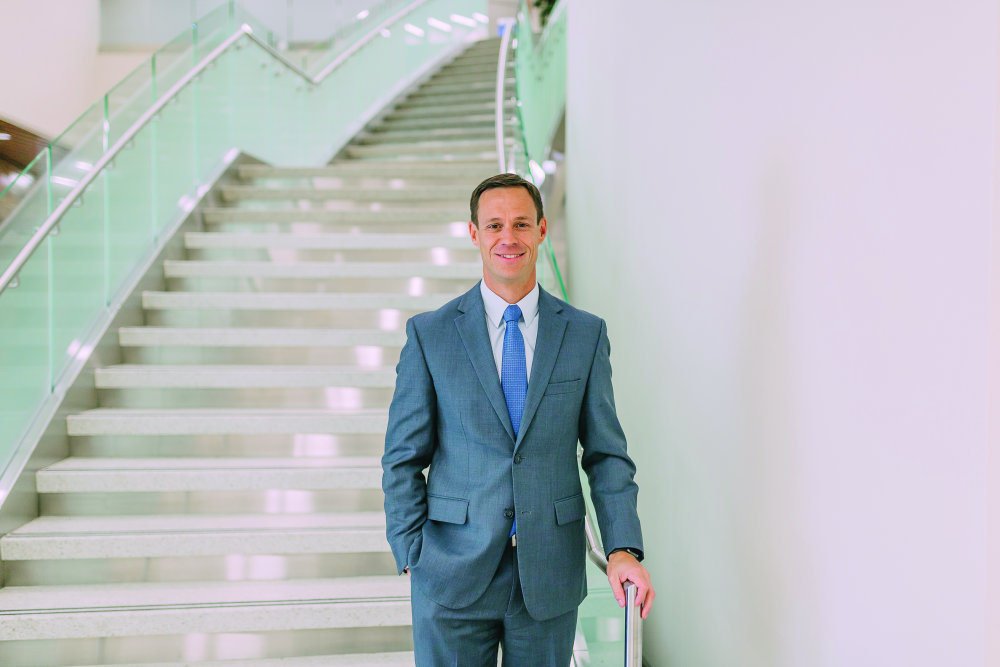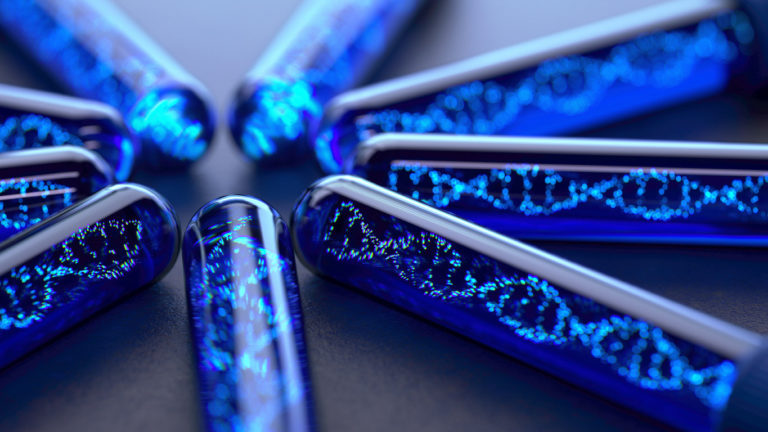Despite the advances in developing nuclear weapons and other technologies, not much is known about the long-term effects of radiation on human health. In a world where nuclear energy could help curb carbon emissions, it almost seems paradoxical that its possible long-term risks and impacts to human health are still poorly understood. While researchers have investigated the effects of acute radiation in the aftermath of nuclear incidents such as Chernobyl, Hiroshima, Nagasaki, and Fukushima, more needs to be done to understand the impacts of long-term and low-dose nuclear radiation. Studying the downwinders from the Nevada Test Site could offer one window to investigate those myriad effects.
Increased cancer risk appears to be the primary long-term hazard associated with exposure to fallout from nuclear weapons testing as seen in the Trinity and Nevada Downwinders. In a 2006 report in American Scientist, Steven Simon and his colleagues at the National Cancer Institute established that fallout can lead to an increased risk of thyroid cancer, and that an “improved understanding of individual radionuclides, radiation dose and related health risk… [will make] us better prepared to respond to nuclear terrorism, accidents, or other events that could disperse radioactive materials in the atmosphere” [1].
From an epidemiological perspective, it’s challenging to work backward and determine whether or not certain cancers are caused by exposure to nuclear fallout from the Trinity or Nevada tests. That’s because the rate of cancer is already so high, says David Brenner, director of the Center for Radiological Research at Columbia University in New York City. Around 40% of Americans will develop some form of cancer, says Brenner, so looking for an increase from that background rate would be challenging. Not to mention, the time lag from when a person is exposed to when they develop cancer makes it difficult to rule out other possible causes of cancer.
“There’s reasonable evidence that the risks [of radiation] are real,” he says. “They’re just very small.” Moreover, Brenner says that it’s “literally impossible” to tell whether or not a person’s cancer was caused by radiation, poor diet, or any other environmental factor. “That’s the fundamental problem: There’s no way of distinguishing a radiation-induced cancer from any other cancer.”
Nevertheless, nobody has measured the risks in the Trinity or Nevada Test Site downwinders. In 2005, the Centers for Disease Control and Prevention (CDC) said it would be feasible to study the health impacts of the downwinders from the Nevada Test Site, but to date, that study has yet to be published.
Screening radiation exposure
Soon after the above-ground blasts at the Nevada Test Site, residents in southern Utah started getting ill. One woman, Irma Thomas, who lived in the predominantly Mormon town of St. George, UT, started taking notes on all the families nearby who were afflicted by cancer. Five people in her home got cancer, with a dozen more cases within a three-block radius of hers.
In St. George, cancer has almost become a household word for anyone who grew up in the region. After the Nevada Tests, cancer rates in southern Utah appeared to skyrocket. Families seeking care had to travel the four hours north to Salt Lake City, some 350 miles away. Only about a decade ago did the health care provider Intermountain Healthcare set up a cancer clinic in the heart of St. George (Figure 1).

Derrick Haslem was the second oncologist hired by the cancer center (Figure 2). When he arrived, he recognized that it was a tremendous burden for patients to drive long distances for medical care. Haslem grew up in southern Utah, and his in-laws are downwinders; a small part of him saw a personal responsibility in helping treat the people in his community. In the early days, the cancer center itself was grossly understaffed, but the center “is a symbol of the community’s fight,” he says.
Downwinders living in southern Utah can go to the region’s Radiation Exposure Screening Education Program (RESEP) in St. George, which was established in 2004. It’s one of eight government clinics set up around the Four Corners where downwinders, uranium miners and millers, and former on-site test workers can get screened if they start to experience health issues that they believe are caused by exposure to radiation.

Since RESEP’s inception, the health care providers there have been able to screen between 250 and 400 people a year at the St. George clinic, according to Becky Barlow, who directs the program. RESEP, in particular, keeps an eye out for 20 different compensable cancers that are known to be associated with radiation, including ovarian, liver, gallbladder, esophageal, breast, pancreatic, thyroid cancer, among others.
But the effects of exposure to radiation are far reaching. According to Barlow, she has also seen a high prevalence of Hodgkins lymphoma, kidney, prostate, and endometrial cancers among downwinders. Haslem has also seen many cases of chronic lymphocytic leukemia (CLL), a cancer characterized by overproduction of white blood cells. But CLL is also common, he says, and might not be a radiation-associated cancer.
In 2013, Haslem and his colleagues realized they also needed a precision medicine clinic that focused not only on cancer, but also on other hereditary diseases. Meanwhile, there were so many downwinders living in the community that it seemed obvious to Haslem’s colleague, Lincoln Nadauld, that a precision medicine approach was needed to treat them (Figure 3).

At RESEP, Barlow and her colleagues can screen patients for cancer and refer them to the cancer center, where Nadauld, Haslem, and their colleagues can make a proper diagnosis and sequence their tumors. This precision medicine approach then informs treatment.
Nadauld recalls one downwinder who went through the precision medicine clinic. This man was diagnosed with colon cancer and had failed all standard therapies. When clinicians sequenced his tumor, they found that he had too many copies of human epidermal growth factor receptor 2 (HER2), a gene that is more commonly involved in breast cancer. By using precision medicine, they were able to treat the patient with a HER2 drug—something they wouldn’t have been able to surmise without genome sequencing—and allowed the patient to live for another two years before he succumbed to his tumor.
Population study
In June 2019, Intermountain Healthcare and Iceland-based deCODE genetics announced a new study that will use precision medicine to discover new connections between genes and human disease, called the HerediGene: Population Study. Over the next five years, this project aims to use data from 500,000 patients. As part of this project, Intermountain’s precision medicine team hopes to sequence downwinder populations to understand the link between exposure to radiation, genes, and health outcomes.
“There are enough [downwinders] so we can get some insights,” says Nadauld, Intermountain’s chief of precision health. He is working with those who are still living and their offspring. The intent behind using precision medicine in this population is to help identify genes and mutations that are induced by exposure to radiation. These genes can serve as signposts for physicians to identify early forms of cancer and prevent them from progressing.
Beyond cancers, the downwinders of southern Utah live in a state of uncertainty. For them, the uncertainty doesn’t come from whether or not the fallout from the Nevada Tests caused the host of health issues they see now. But rather, they wonder what might happen if their genes that have been altered by radiation get passed down from one generation to another. And, how can they predict what happens to their own health as they get older and become more susceptible to disease?
The heredigene project could offer some answers. Over the next five years, the researchers involved hope to identify new gene-disease relationships by leveraging the Downwinders populations that they serve in southern Utah and nearby. “Part of the questions we’re exploring include, do people acquire mutations that are unique from radioactive fallout?” asks Nadauld. “And are those mutations passed onto the offspring? Does that put the next generation at risk?”
Reference
- S. L. Simon, A. Bouville, and C. E. Land, “Fallout from nuclear weapons tests and cancer risks. Exposures 50 years ago still have implications for today that will continue into the future,” Amer. Sci., vol. 94, no. 1, pp. 48–57, Jan.–Feb. 2006.



